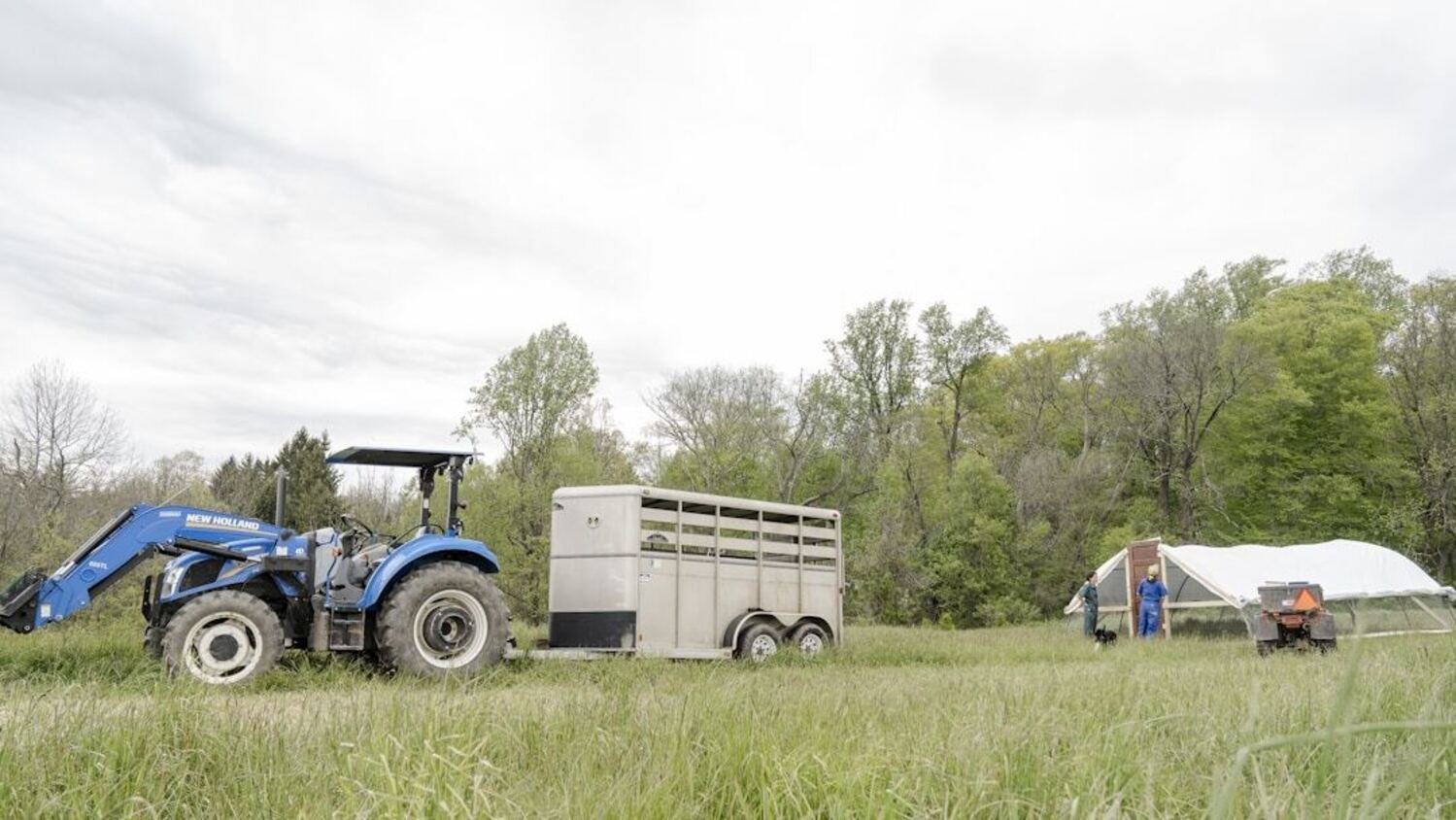Opening a butcher shop can be an immensely rewarding venture for those with a passion for quality meats and customer service. The journey to a successful butchery involves meticulous planning, substantial investment in equipment, and a clear understanding of health standards and market needs. Whether it’s a neighborhood shop or a commercial supplier, the right resources and tools are paramount for any aspiring entrepreneur in this field. Below, we explore the essential elements to consider when launching your butcher business.
Crafting a Business Plan: Key Components for a Successful Butcher Shop
A solid business plan is your roadmap to success. It should clearly state your vision, target market, unique selling points, and financial projections. Detailing startup costs, pricing, and break-even analysis helps you stay financially organized and plan for long-term growth. Tools like finding a business bank account near me can also support your financial setup and management.
Your plan should also highlight marketing strategies tailored to your customer base, using channels like social media, local ads, or events. On the operations side, think about your shop’s layout, product offerings, and supplier partnerships. Efficient workflows from the start will help keep your business running smoothly.
Essential Equipment for Your Butcher Shop: A Comprehensive List
A successful butcher shop starts with the right equipment. Essential tools include refrigeration units to keep meats fresh, various knives for different cuts, and cutting boards that meet health standards. Machines like meat grinders, saws, tenderizers, and a high-performance electric meat slicer are also crucial for offering a wide range of products and custom cuts.
Cleanliness and organization matter just as much. Stainless steel sinks, soap dispensers, and proper sanitizers help maintain hygiene, while shelving units keep seasonings, tools, and packaging in order. A reliable POS system can further enhance efficiency by managing transactions and tracking inventory with ease.
Navigating Health Codes and Safety Regulations for Butcheries
Health codes and safety regulations in the food industry, particularly in handling raw meat, are strict and must be followed closely. Begin by reviewing local health codes, which outline essential standards for refrigeration, storage, and prep areas. Compliance helps avoid costly penalties or business closures.
Training employees in meat handling, sanitation, and emergency procedures is vital, and using daily checklists ensures consistent safety practices. Building a strong relationship with health inspectors can provide ongoing guidance and valuable feedback through routine inspections. Staying informed about industry best practices and pursuing certifications like HACCP can further strengthen a shop’s food safety protocols and enhance its professional standing.
Selecting the Right Location: Factors Every Butcher Shop Owner Should Consider
Choosing the right location is crucial for a butcher shop’s success. High-traffic areas can boost visibility but often come with higher rent, so it’s important to balance exposure with budget. Consider your target demographic and ensure the area aligns with their needs. Accessibility is another key factor; ample parking and proximity to public transport can attract more customers.
Evaluate local competition, as entering a less saturated market may offer better chances to stand out. Logistical needs like delivery space, storage, and waste disposal must also be addressed. Choose a site that supports operational efficiency and offers room for future growth to avoid costly disruptions if relocation becomes necessary.
Marketing Strategies to Attract Customers to Your Butcher Shop
Effective marketing plays a vital role in attracting and retaining customers for a butcher shop. Building a strong brand identity through a memorable logo, consistent messaging, and a compelling backstory helps highlight product quality and care. Social media offers an affordable way to engage with customers, showcase offerings, and share recipes.
Word-of-mouth remains powerful; encouraging referrals and hosting events like tastings or cooking demos can boost visibility and trust. Partnerships with local restaurants or farmers’ markets expand reach and enhance community ties. These combined strategies create a solid foundation for lasting customer relationships and increased brand recognition.
Altogether, opening a butcher shop is a multifaceted endeavor that requires attention to detail, from the slicing equipment to the business plan. Meticulous preparation paired with a strategic approach to operations, location, and marketing can carve out a successful path for your butcher business.










